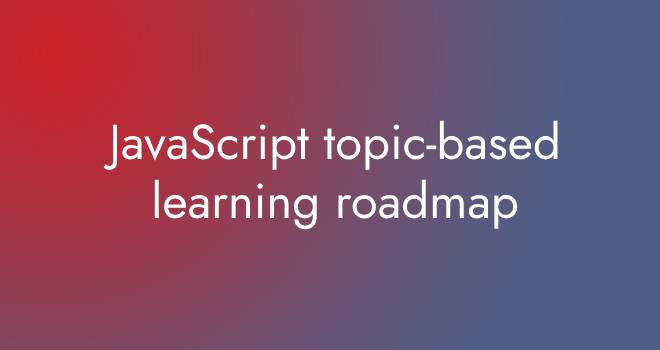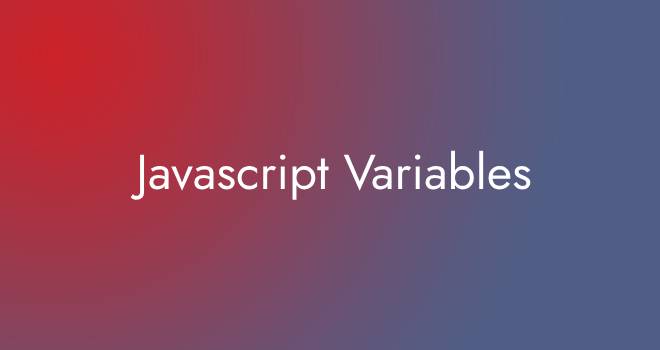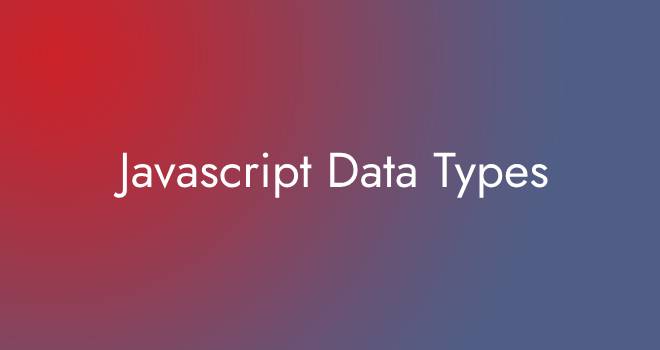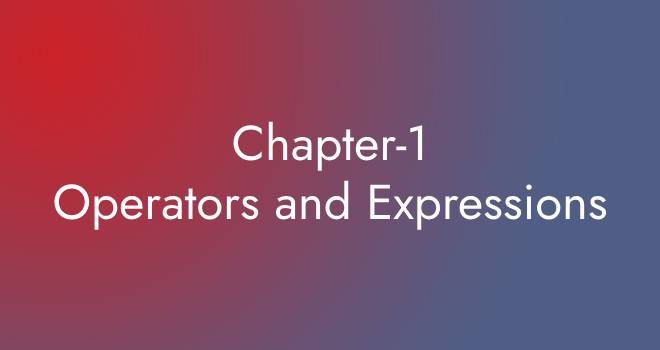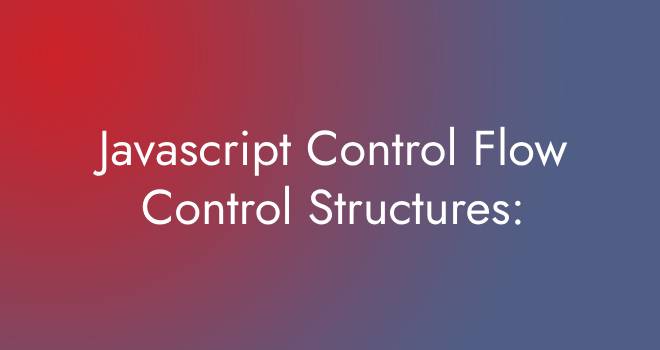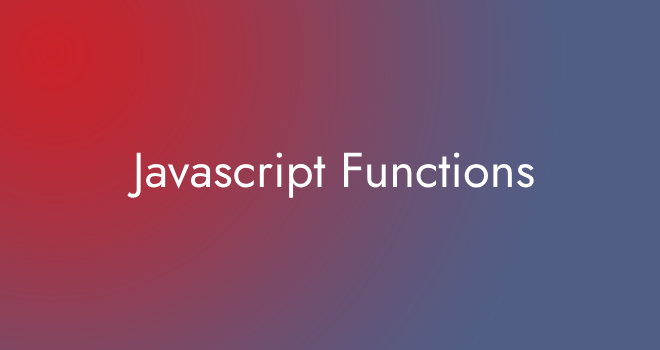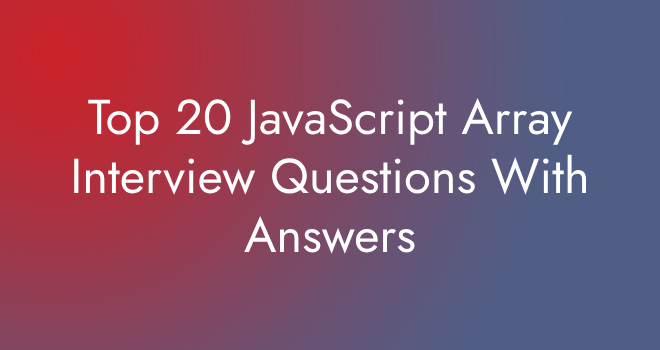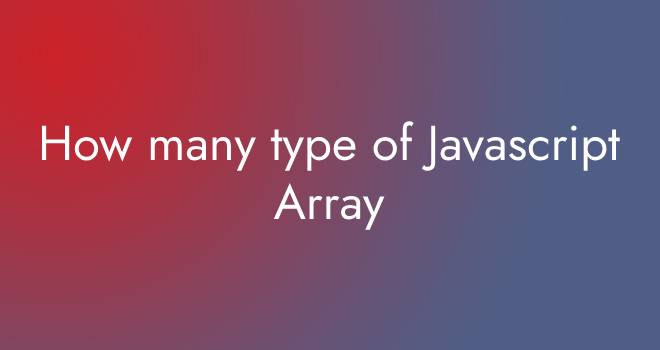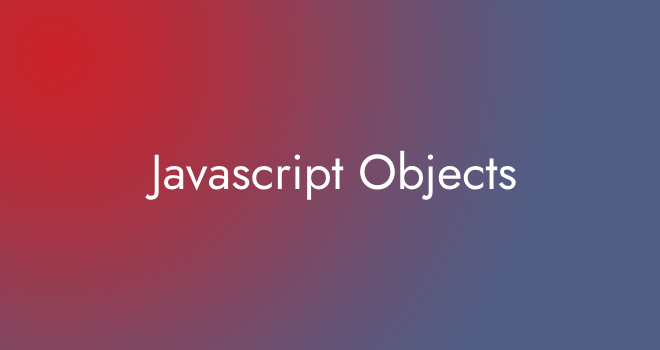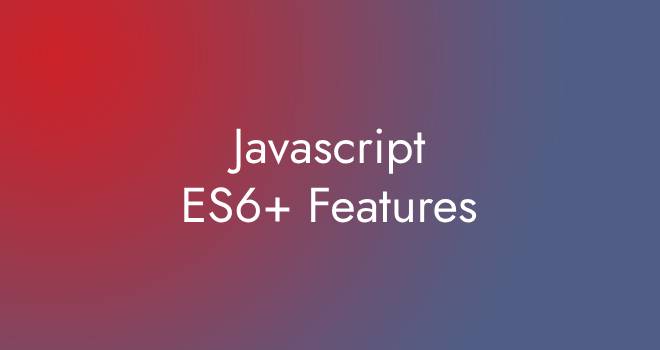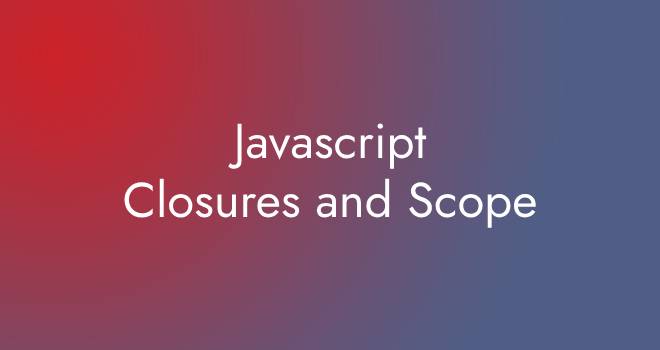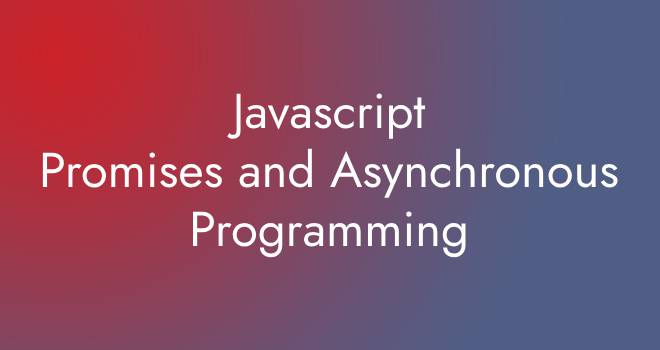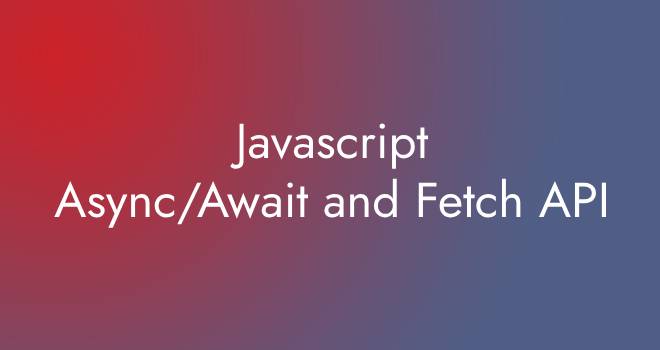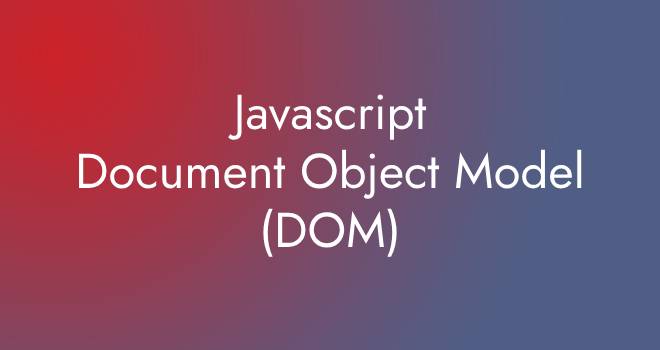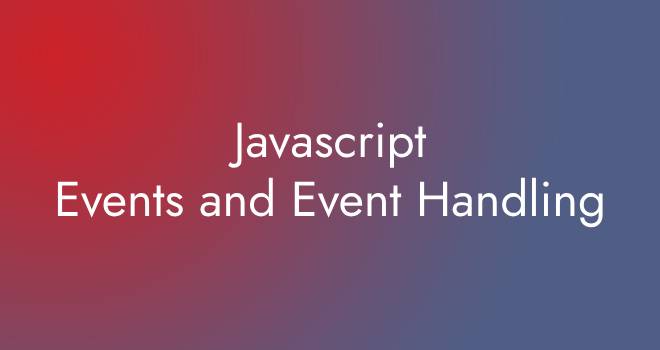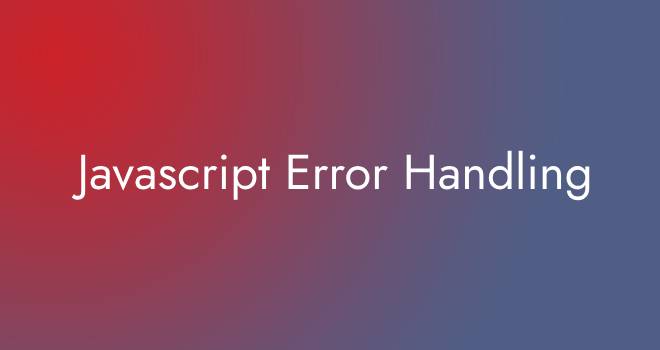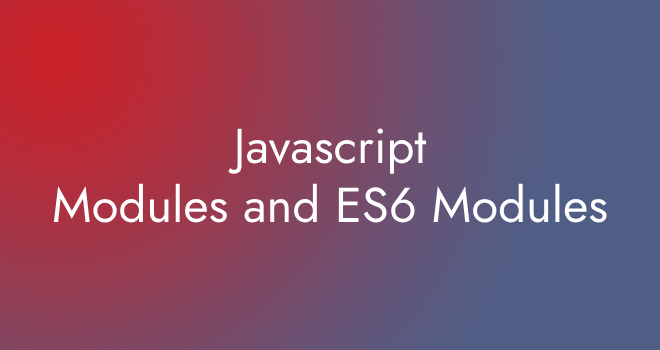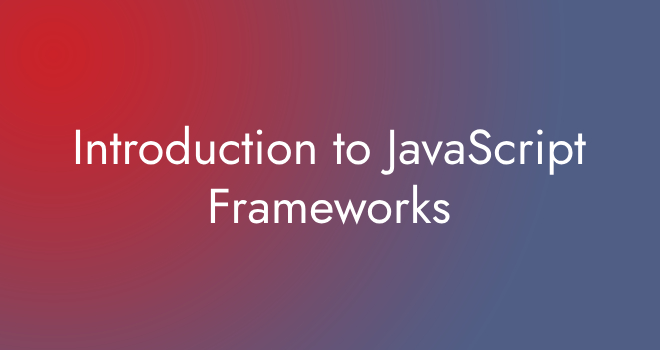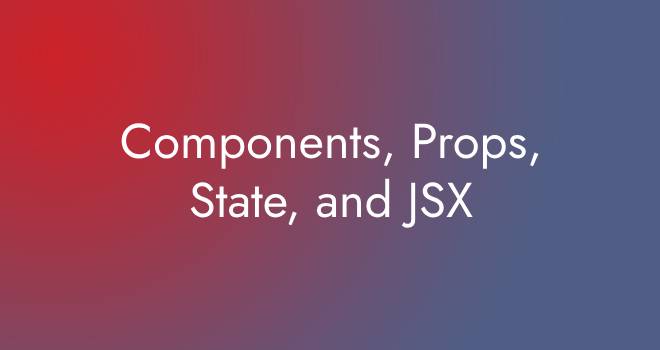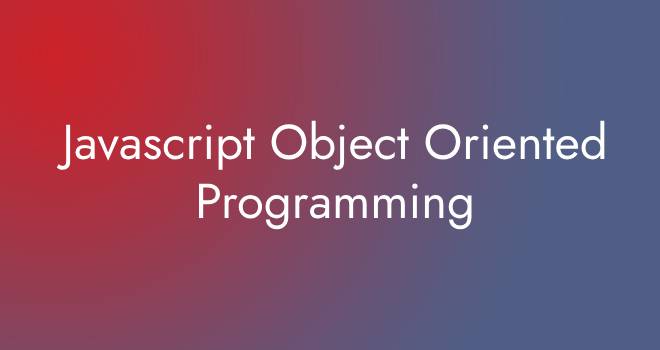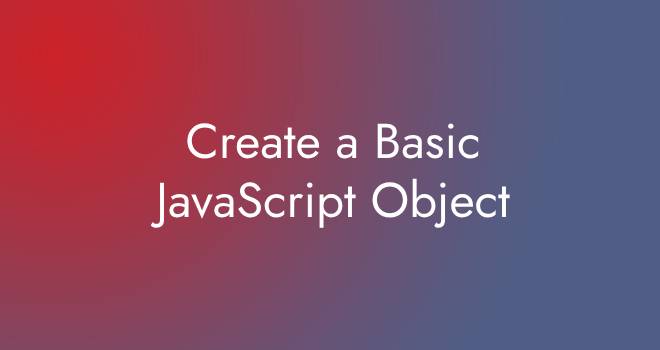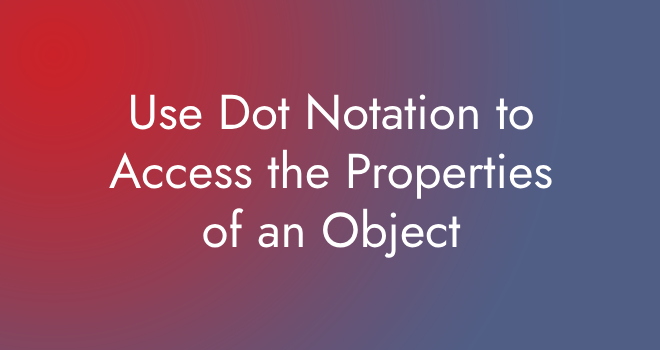Easy Coding School offers a javaScript topic-based learning roadmap to navigate various topics, but keep in mind that your learning journey is unique.
Javascript Basics and Setup
Learn how to set up JavaScript for web development. Create an HTML file, add JavaScript code, and start coding. Write dynamic interactions and test in your browser.
Javascript Variables
In JavaScript, variables are used to store and manipulate data. They are declared using the var, let, or const keyword, and they can hold various types of values.
Javascript Data Types
JavaScript data types are essential building blocks used to represent different kinds of information in programming. They define the nature of values and how they can be manipulated.
Javascript Operators and Expressions
Javascipt Operators are symbols that perform operations on values or variables. JavaScript provides a variety of operators for performing different types of operations.
Javascript Control Flow Control Structures:
Other control flow structures, like the break statement, the continue statement, and the return statement within functions, allow you to manage the flow of execution within loops and functions.
Javascript Functions
Function using the function keyword, followed by the function name, a set of parentheses for parameters, and a block of code enclosed in curly braces.
Top 20 JavaScript Array Interview Questions With Answers
Easy Coding School has curated a compilation of the JavaScript interview questions that are commonly asked. Kindly take the time to read through them attentively.
How many types of JavaScript arrays
Learn how each type of arrays in JavaScript, from single-dimensional and multidimensional arrays to typed arrays and array-like objects and more.
Javascript Objects
JavaScript has different object types: basic objects for data storage, arrays for lists, and functions for reusable code and tasks.
Javascript ES6+ Features
Unlock ECMAScript 6’s potential at Easy Coding School. Dive into its new features chapter by chapter for a comprehensive understanding of JavaScript’s latest advancements.
Javascript Closures and Scope
Learn about powerful closures for data encapsulation and how scope governs variable access. Dive into lexical scoping, scope chains, and variable hoisting for cleaner, more efficient code
Javascript Promises and Asynchronous
Discover asynchronous programming with Promises in JavaScript. Simplify delayed task handling and enhance code clarity using async techniques
Javascript Async/Await and Fetch API
Discover JavaScript’s async/await and Fetch API. Simplify asynchronous code and make efficient network requests. Learn with concise examples.
Javascript Document Object Model
Exploring the DOM and discovering how to utilize JavaScript to manipulate the DOM, crafting interactive web pages in the process.
Javascript Events and Event Handling
Master JavaScript Events: Create interactivity with event handling. Learn listeners, propagation, and delegation.
Javascript Error Handling
Explore JavaScript error handling: prevent crashes, improve user experience, and boost code reliability with global error capture techniques event.
Javascript Modules and ES6 Modules
Explore modular JavaScript and the power of ES6 modules for organized and reusable code. Learn about exports, imports, and improved code structure with ES6 module system.
Introduction to JavaScript Frameworks
Discover JavaScript frameworks: React, Angular, Vue.js, Next.js. Simplifying web development, crafting dynamic user interfaces for modern applications
Components, Props, State, and JSX
Certainly! In the context of React, which is a popular JavaScript library for building user interfaces, it’s essential to understand components, props, state, and JSX. Let’s break down […]
Javascript Object Oriented Programming
OOP, or Object Oriented Programming, is one of the major approaches to the software development process. In OOP, objects and classes organize code to describe things and what they can do.
Create a Basic JavaScript Object
Objects are used in JavaScript to model real-world objects, giving them attributes and behavior similar to their real-world counterparts.
Use Dot Notation to Access the Properties of an Object
An object with multiple properties was constructed in the previous task

